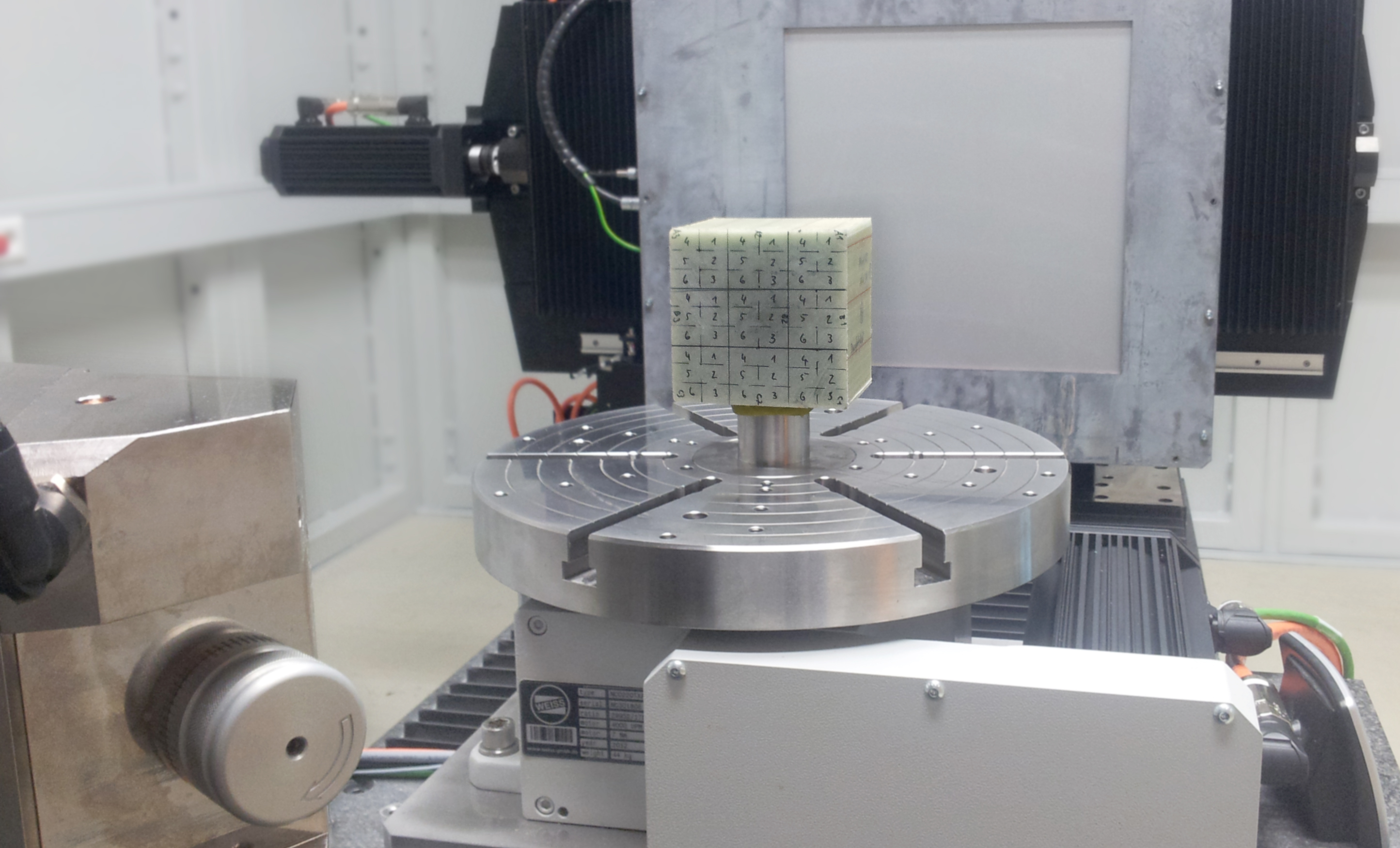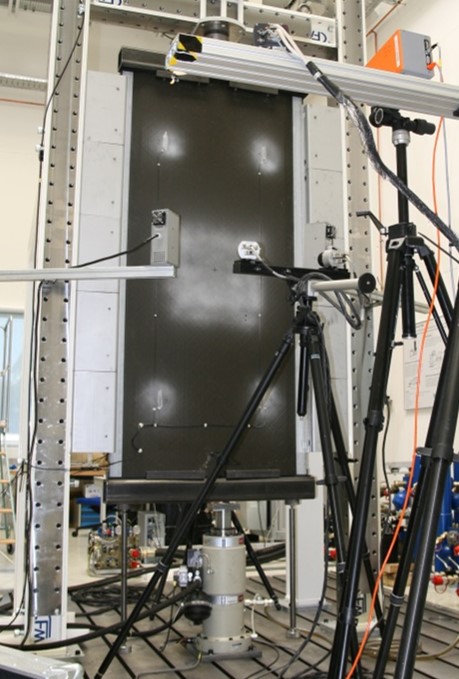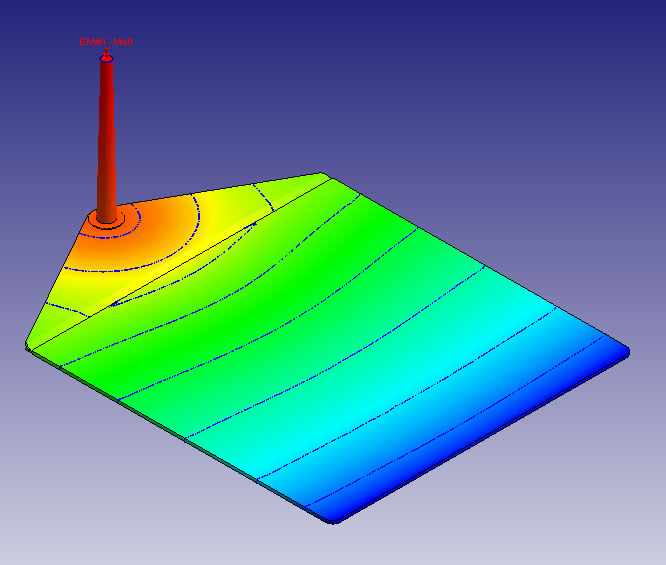


Fibre composites with a plastic matrix are characterised by high weight-specific stiffnesses and strengths. This predestines them for use in structurally highly stressed components in a wide variety of application areas, such as aircraft construction, automotive engineering, rail vehicle construction, boat building, mechanical and plant engineering, sports equipment construction, medical technology, etc.
Through targeted fibre alignment in the component, load-path-compatible lightweight constructions can be realised, which make a substantial contribution to resource-efficient material use and the minimisation of moving masses. Their material and structural behaviour is essentially determined by the internal structure of the fibre arrangement, the interface between fibre and matrix and the influence of process-related effects.
In the working group “Evaluation of Fibre Composite Systems”, the focus is on investigating the use of polymer-based fibre composites in highly loaded lightweight structures and components. We apply experimental and numerical methods to characterise the mechanical behaviour under both application- and process-related loads and adapt these to the special requirements of fibre composites.
One focus of the work is the evaluation of manufacturing defects and damage (e.g. delamination) using fracture mechanics methods. For morphological characterisation, non-destructive testing methods and microstructure diagnostics are used, among others.
